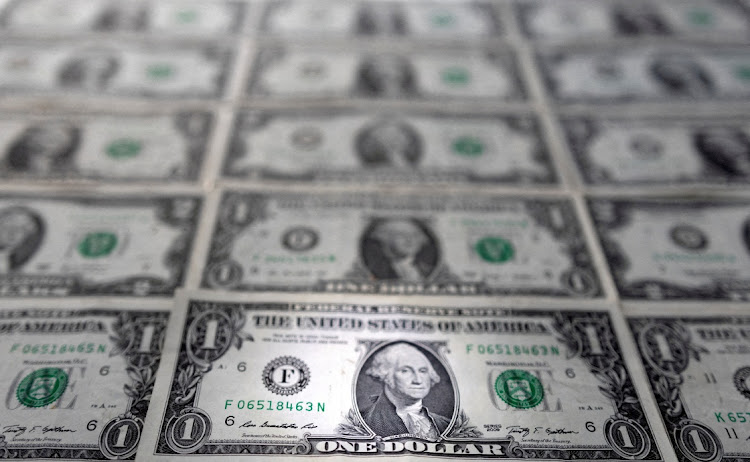Nowhere to invest in a world in crisis

With the change in regulation 28 to allow pension funds to invest 45% of assets offshore, many workers and board trustees are asking whether they should move all 45% offshore?
What needs to be considered?
First, it is important to recognise that the South African economy is very small in the global context, less than half a percent. This means investment opportunity is limited.
Second, the number of listed companies in SA and globally have reduced due to increasing listing regulations and consolidation through M&A. As a result, the opportunity on the listed market has also reduced.
More so, the result of consolidation and delisting is an increase in market concentration. Measured by market capitalisation as a percentage of the size of the economy, JSE listed companies went from 150% to 300% of GDP over the past two decades.
Third, the implication of delisting is that there are investment opportunities that are no longer on the listed market.
“Rand strength is bad for South Africans with investments offshore who want to bring the proceeds into SA because the rand value becomes smaller, even if foreign currency returns have been great”
It is therefore necessary to look beyond the listed market to augment investment returns with unlisted investment opportunities which offers inflation-linked returns, thus providing a cushion against the rampant inflation we now experience.
This applies to SA as much as to offshore investment opportunity sets.
Fourth, with greater investment opportunity set offshore comes higher risks which need to be managed. The most important of these for South Africans who want to retire in SA is currency volatility
Rand strength is bad for South Africans with investments offshore who want to bring the proceeds into SA because the rand value becomes smaller, even if foreign currency returns have been great.
A two-decade bit of history is a good reference point.
In 2001 the rand weakened against the US dollar to 13 and came back to just more than five. In 2008 it weakened again to 10 to the dollar and came back to about seven.
In 2016 it went to 17 and came back to 11. It is clear the rand does not only depreciate, but goes through cycles where it appreciates aggressively.
This means rand strength is a risk that needs to be hedged, which requires costly skills and systems.
If an investor takes the full 45% offshore without hedging and explaining these risks, trustees must ask why because the currency risks at 45% exposure are much more aggravated than at 30%.
This week China started military drills around Taiwan, which present a risk that might bring a similar outcome to the Russia-Ukraine war.
The US is now in a technical recession and has had decades of high inflation. Its equity markets have sold off more than the JSE All Share.
Europe is in an energy crisis and will likely go into recession as its winter approaches. There is load-shedding in Europe as much as we have it in SA. There is water rationing in France.
Turkey has inflation in the region of 80% compared with 7.4% in SA. Brazil has a drought and an uncertain election later in the year. Argentina has a history of debt default. Russia is under sanctions. China has a property bubble and a regulatory environment that might make the economy uninvestable in certain sectors.
There is no obvious alternative country to invest in.
Despite the larger opportunity set, each investor must take their circumstances into account and not be blindly advised to externalise their investments into jurisdictions that have unmitigable risks because of emotions.
